Results testing sovesudil (PHP-201) in normal-tension glaucoma patients in a clinical study was published in the journal Acta Ophthalmologica. This study was funded by pH Pharma and was conducted at 15 clinical centres in South Korea. The study demonstrated the potential of sovesudil in providing intraocular pressure (IOP) reduction in patients with normal-tension glaucoma.
Highlights:
Sovesudil provides IOP-reduction in patients with normal-tension glaucoma
- Lower IOP at week 2 & 4
- Safe and well-tolerated
“Sovesudil (locally acting rho kinase inhibitor) for the treatment of normal-tension glaucoma: the randomized phase II study” (link)
Authors: Ahnul Ha, Young Kook Kim, Jin Wook Jeoung, Sanjeev Satyal, Jaesoon Kim, Soojin Kim, Ki Ho Park
Purpose: To evaluate ocular hypotensive efficacy and the safety of sovesudil (formally known as PHP-201), a novel Rho-associated protein kinase (ROCK) inhibitor, in patients with normal-tension glaucoma (NTG).
Design: Multicentre, prospective, double-masked, randomized, placebo-controlled, parallel clinical study.
Methods: Patients with NTG (unmedicated baseline IOP ≤ 21 mmHg) were randomized in 3 groups and treated with sovesudil in concentrations of 0.25% and 0.5%, or with a placebo three times daily (TID) for 4 weeks. The primary end-point was the mean diurnal IOP change from the baseline at week 4. Safety was recorded over a 4-week treatment period and the following 2-week observation period.
Results: A total of 119 patients were included in the primary efficacy analysis. The mean diurnal IOP change from the baseline at week 4 was −1.56 mmHg for the high-dose group, −1.10 mmHg for the low-dose group and −0.65 mmHg for the placebo group. The difference between the high-dose and the placebo groups was −0.91 mmHg (95% confidence intervals: −1.73, −0.09). 0.5% sovesudil TID met the criteria for superiority to the placebo. The most frequent ocular adverse event among sovesudil-treated patients was conjunctival hyperaemia (24.4% for the high-dose and 17.5% for the low-dose group) and predominately classified as mild.
Conclusions: Sovesudil 0.25% and 0.5% TID showed statistically significant IOP-lowering effects and 0.5% concentration’s IOP-lowering effects met the superiority criteria in comparison with the placebo at week 4. Sovesudil was well tolerated with mild adverse events including relatively low incidence of conjunctival hyperaemia in patients with NTG.
